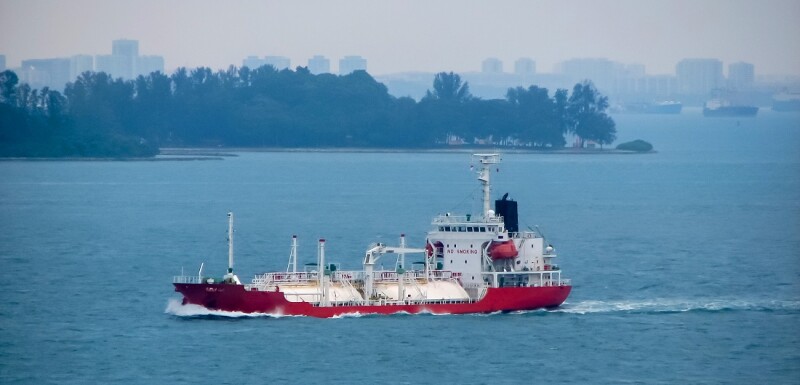In 2022, energy flows and trade shifted dramatically. Europe, already deep into an energy crisis, fell deeper following Russia’s February invasion of Ukraine. Russia decreased its supply of natural gas to Europe, hoping economic pain would break European and transatlantic resolve to support Ukraine.
In response, Europe hastened its plans for energy efficiency, doubled down on renewable power, and turned to global markets for gas. Gas is critical for power and heating in European winter; to prepare, Europe rushed to fill storage via conservation measures and shifting to non-Russian gas supplies, mostly from the United States.
These events have been costly. The resulting gas shortage has been expensive for Europe and destructive in emerging markets. Further, implications for the climate are still unknown. New gas infrastructure creates climate challenges if done poorly, and developing markets may lock in higher-emission energy alternatives for the long term if gas prices remain high.
Energy security in Europe—and globally—now rests on US natural gas exports. Europe’s shift from Russian gas to other supplies has dramatically and permanently changed global gas trade and energy markets.
With storage full for this winter, policymakers must now prepare for years of energy restructuring. Cooperation between the United States and Europe is and will remain critical for European energy security, hastening the energy transition, and maintaining strong transatlantic trade.

